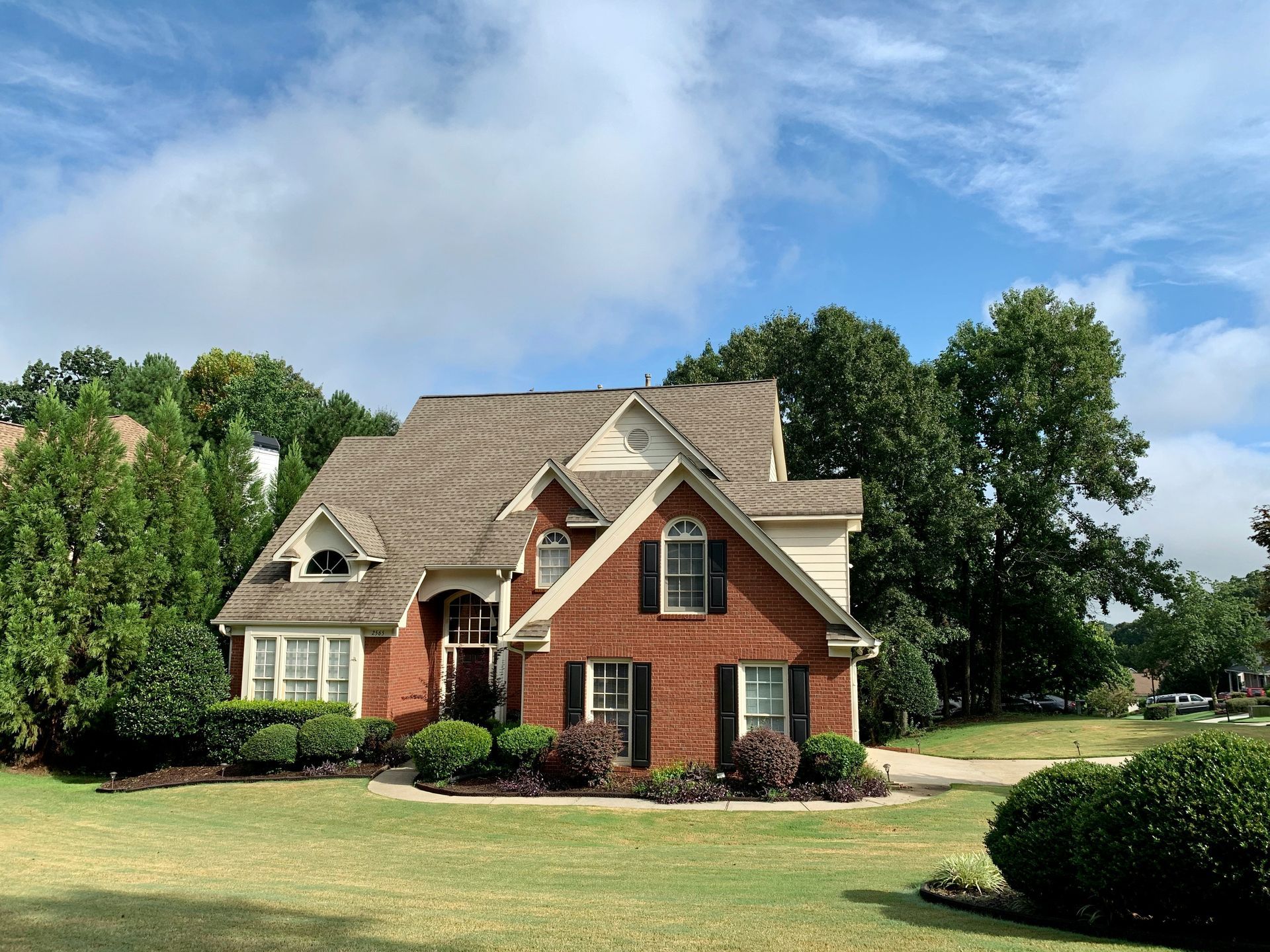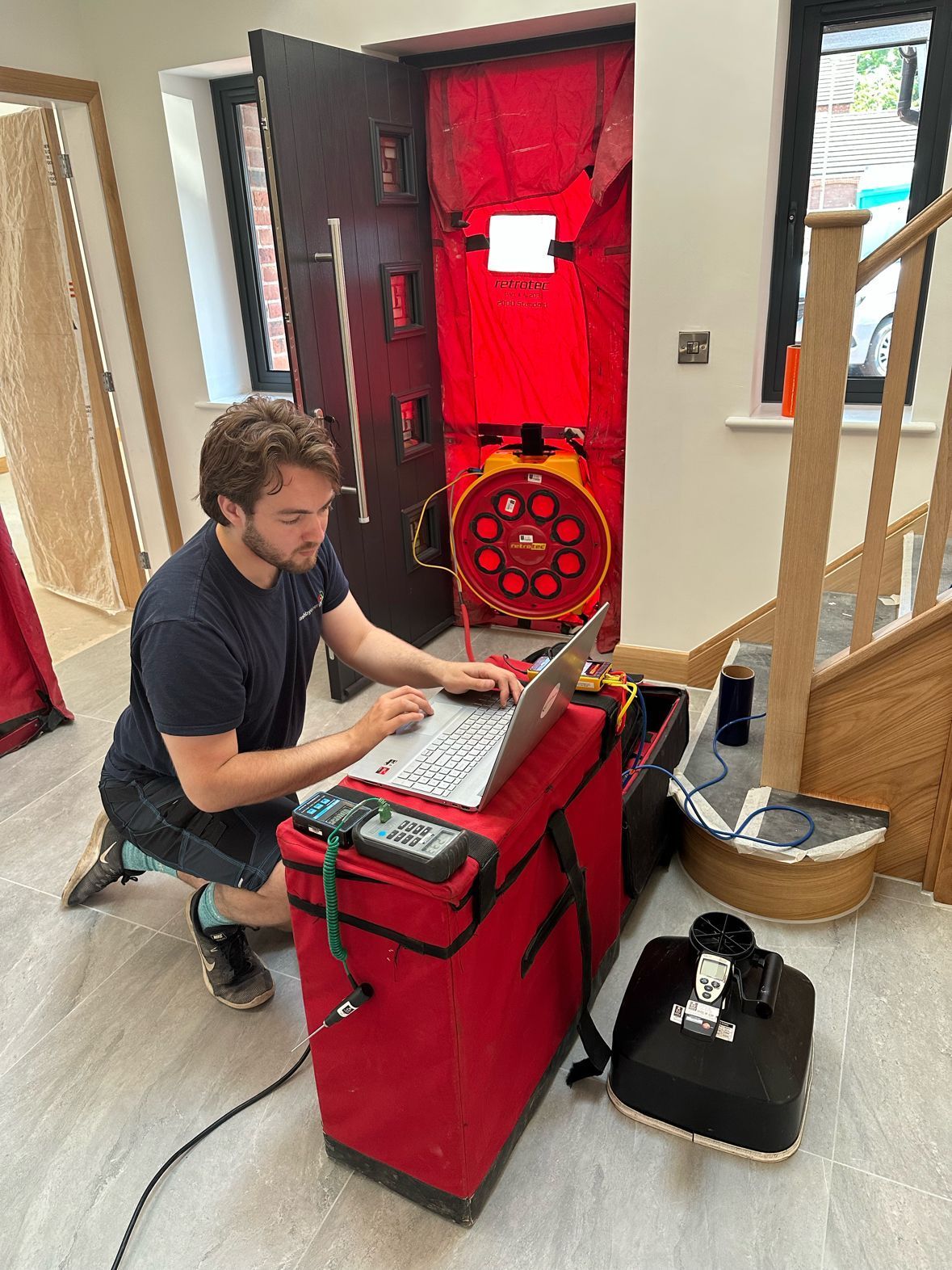Retrofit Domestic Noise Reduction – A basic guide
As more rural areas are gradually urbanised and homes are increasingly surrounded by noise sources both domestic and commercial, it has become more important to consider how much noise enters a home.
What noises should be considered?
We define noise as any sound which is unwanted or dangerous.
This of course covers a huge range of sources, from road noise to dogs barking or even talking neighbours.
But should the noise be something which cannot be mitigated at the source and even if a complaint was to be made, nothing could practically be done to reduce the noise level outside, what can be done to reduce noise coming into the home.
Is noise something to worry about?
Noise can affect an occupant directly and indirectly, instantaneously or over a prolonged period of time.
A dog barking for example is a relatively short event, but repeated over days, weeks or even years, especially if the noise persists into more sensitive time periods such as during sleeping hours.
This can have a long-term detrimental effect.
Long term noise exposure has been linked to:
- Annoyance
- Stress
- Anxiety
- Depression
- High blood pressure
- Heart disease
- Potential hearing loss high noise exposure situations
How loud is loud?
Some things to consider:
- Whispers reach about 30dB, moderate conversation 60dB, heavy traffic usually 80dB and planes reaching up to 130dB.
- Loudness is also subjective in that what one person finds obtrusive such as a neighbour’s loud music, is the desired effect for the neighbour playing the music, who additionally will be experiencing it at a much higher level.
- A 3dB increase in noise is a doubling of acoustic energy, but a 10dB increase is required to give the effect of a doubling of perceived loudness.
All of these factors are considered when assessing how loud a noise is and if it will have a negative impact.
What can be done to reduce noise exposure at home?
This is very situational but there are a few things which apply in most situations.
1.Attempt to reduce noise at the source.
- This is the best way to reduce noise exposure for the individual but for the community, but requires access to or control over the noise source which may not be possible.
2.Make a complaint to the local Environmental Health Officer at your council office.
- In many cases, the local Environmental Health Officer has the power to enforce regulation or restriction on noise sources. But if for example, the new occupants of a house complain about the noise from a road adjacent to the property, given their awareness of the road prior to moving in no action may be taken.
3.Attempt to reduce the noise by retrofitting the dwelling.
What methods of noise reduction exist to retrofit a home to reduce noise?
This list doesn't cover all of the methods but from least to most invasive, and usually lowest to greatest expense, here are a few methods commonly used to reduce noise levels at home.
- If the windows are modern double glazing with trickle vents, it may be beneficial to replace the vent covers with acoustic trickle vent covers.
- Typically, standard trickle vent covers offer around 30-35dB noise reduction, whereas an acoustically treated trickle vent cover may offer a 40-45dB reduction when installed perfectly.
- External barriers will reflect a portion of noise from the property.
- This may require planning or permission from neighbours but a tall high-density fence can be very effective at reflecting road noise for example away from a property.
- This can offer a reduction of between 30-35dB depending on height and distance between the road and the property, bearing in mind bushes and trees can offer some minor protection but this is more aesthetic than practical.
- Upgrade the windows.
- If single glazed windows are installed, consider double glazing, or if double glazed is installed, consider triple glazing.
- This is a more expensive approach but the difference from single glazed to high quality acoustic double glazing can be as much as 45-50dB, and potentially more with triple glazing.
- Noise from overpassing planes maybe reduced by doing a loft conversion or adding sound proofing to the loft space.
- One of the best ways to stop noise from transmitting from one space to another is by adding mass to the partition. So having a loft conversion will add many layers of material to the roof and joist, alternatively there are acoustic lining which can be added to the joists in the loft.
- Adding additional mass to walls and ceilings such as an extra layer of acoustic plasterboard.
- By increasing the mass, variation in material and depth of a partition, the amount of directly transmitted noise can be reduced, but consultation maybe required on what board and appropriate fixing methods can be used.
Other considerations might be:
- The air tightness of the façade facing the noise source or the whole property might be improved by sealing gaps or replacing window seals, reducing high frequency noise through air gaps.
- The noise source maybe temporary, such as a building site which may near completion.
- Some mitigation strategy may already be implemented but is either not working or is not being enforced.
- Is the noise airborne or vibrational? Speech for example produces mostly mid and high frequency noise, which is easily blocked or reflected, whereas a large truck produces vibrational transmission of noise through the ground or directly through a wall. These are far more difficult to mitigate and require structural alteration to effectively remove.
All solutions are situational, and the performance will depend entirely on the quality of materials and workmanship used.
Ashby Energy Assessors Blog and News

Contact Us
We will get back to you as soon as possible
Please try again later
Directory
Contact Information
01476 870504
info@ashbyenergy.co.uk
Ashby Energy Assessors Ltd
Head Office
Landrace Lodge
Friars Well Estate
Wartnaby
Melton Mowbray
Leicestershire
LE14 3HQ
All Rights Reserved | Ashby Energy Assessors | Design & Build By Kangaroo UK



